
All about the fell ponies on our reserves
Wilder Grazing Ranger Volunteer Trainee, Ellie Edmondson, talks about the fell ponies on our reserves and what makes them great conservation grazers.
Learn more about the wildlife and wild places in Kent and beyond.

Wilder Grazing Ranger Volunteer Trainee, Ellie Edmondson, talks about the fell ponies on our reserves and what makes them great conservation grazers.
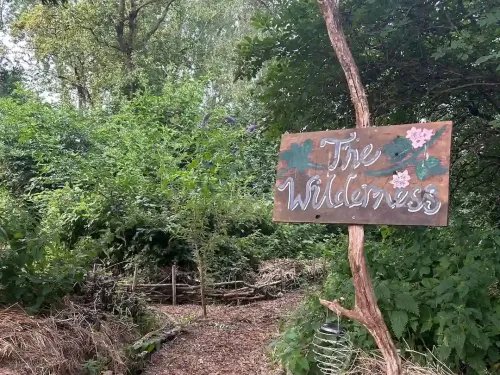
This blog about garden wilding is written by Sally Edge, the owner/founder of Langdon Court, where we will host an open garden for the third time in 2025!
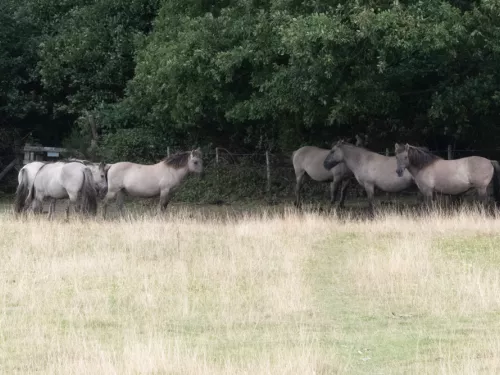
One of the main methods that seeds use to disperse themselves is through animals. Read more about the importance of this & how it happens.
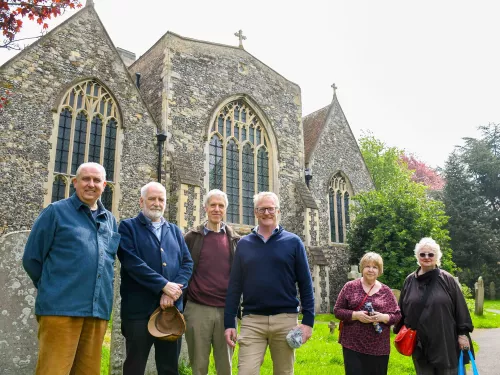
A run down and overgrown medieval churchyard in Sandwich has been restored to a beautiful wildlife haven by a group of local volunteers who live locally and are part of the congregation at the church. In this amazing story, you'll hear from the people who brought this churchyard back to life and find out what they discovered when you peeled the ivy back from the tombstones.
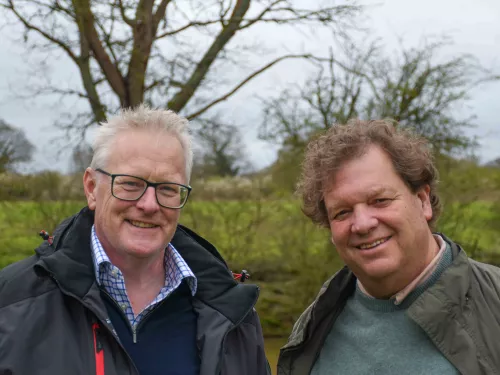
Welcome to a special episode of Talk on the Wild Side dedicated to just one subject, or rather just one place: the Knepp Estate in Sussex...
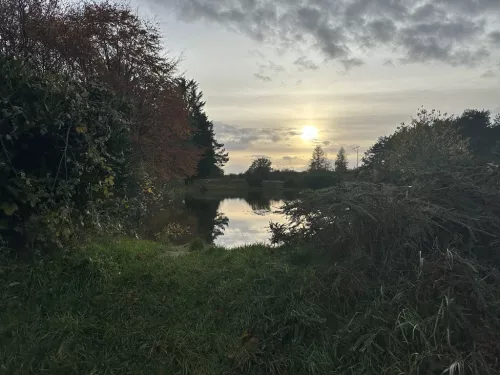
With input from Simon Bateman-Brown, Head of Land Management, and Evan Bowen-Jones, Chief Executive of Kent Wildlife Trust, we explore the conservation work we have done at Heather Corrie Vale since attaining validation against the Wilder Carbon Standard, by Soil Association Certification.

In Kent, our grazing animals roam the reserves using their instincts and experience to guide them towards delicious nutritious vegetation and away from potentially toxic plants. This deep-rooted wisdom is a product of evolution and survival instincts passed down from generation to generation but particularly prevalent in the old-fashioned breeds that we use.
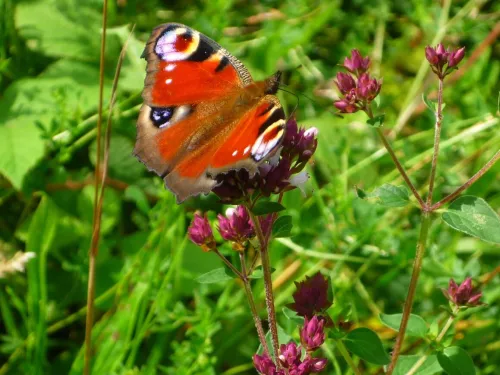
How do you restore a chalk downland? Our appeal to purchase an extension to our existing Polhill Bank nature reserve offers us a unique opportunity to restore an additional 26 acres of arable land into a rare and biodiverse habitat in Sevenoaks, Kent. But how do we achieve this goal? Here are our plans.